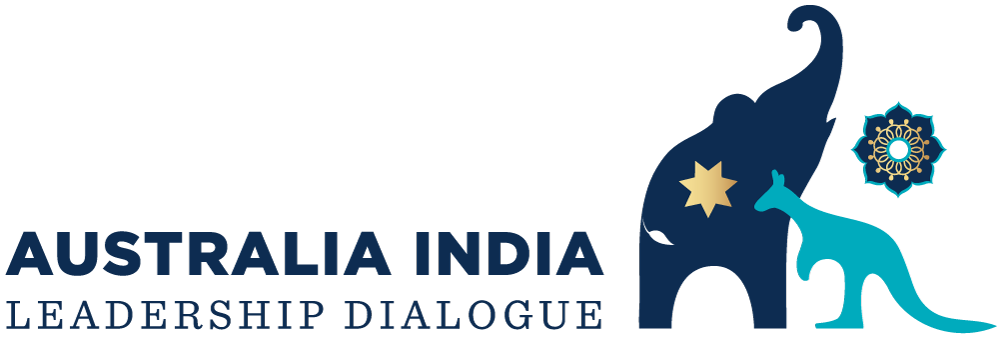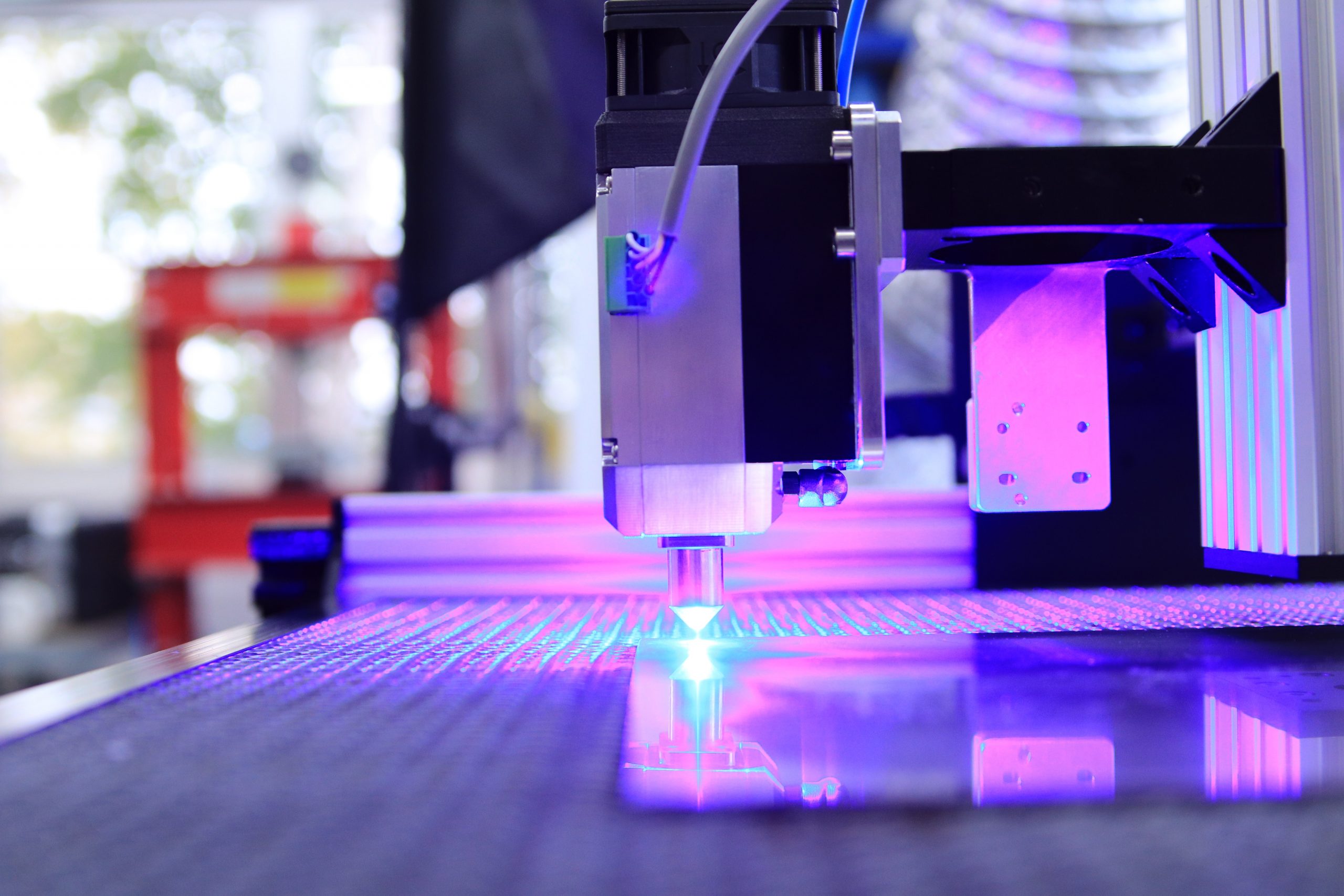Emerging Technology 2023
The Clean Energy Transition: Decarbonising Towards Net Zero
As the world strives to reduce global emissions, Australia and India hold a unique opportunity to lead a clean tech revolution and become renewable energy superpowers. Collaborating on solar, green hydrogen and other forms of renewable energy will drive decarbonisation efforts and unlock new commercial opportunities. Critical minerals and rare earths will be crucial for advanced technologies used in electronics, energy storage systems, electric vehicles and aerospace. How can both countries maximise the potential of the Critical Minerals Investment Partnership? What steps can be taken by leaders to eliminate supply chain bottlenecks, finance renewable energy projects and foster a circular economy for innovation, job creation and economic growth?
Skills for Success: Revolutionising the Job Market in the Digital Age
Australia and India both face challenges in unlocking the potential of their human capital. While India seeks to secure a rich demographic dividend by creating new jobs for its burgeoning population, Australia faces workforce shortages and a soaring demand for digital skills and literacy, particularly in critical areas such as the care sector and the clean economy. How can both countries collaborate to build an empowered, thriving workforce, maximising participation and productivity? Initiatives such as Jobs and Skills Australia and Skill India will be crucial for activating untapped potential and bridging the present and future needs of the workforce. How should governments seek to engage business and civil society on these issues? How can a new Free Trade Agreement between Australia and India address the future of work and skills? How can the mutual recognition of training and qualifications, and the streamlining of migration and labour mobility help revolutionise the job market in the Digital Age?
Bridges of Bharosa: Security Cooperation in a Contested World
Australia and India sit at the heart of the Indo-Pacific region where technology has become the currency of great power politics. As countries strive for dominance in critical and emerging technologies such as artificial intelligence (AI), quantum computing, semiconductors, telecommunications, cybersecurity and synthetic biologies, how can Australia and India leverage their respective capabilities to build trust and enhance cooperation in these areas? What are the optimal paths towards making rapid advancements in critical and emerging technologies that might offer both countries a strategic advantage in shaping the region? This session aims to identify promising technologies for the partnership, analyse the contributions of regional institutions such as the Quad, assess global security standards, explore potential public-private partnerships, and gain an understanding of how both countries can enhance their security and economic prosperity in a future shaped by technology-driven geopolitics.
Tryst between Identities: The Convergence of Technology and Culture
The Australia-India relationship is one built on people-to-people links, identified in the India Economic Strategy to 2035 as “the most significant asset of all”. As both countries seek to project their power and influence through people, society, art and culture, sport and film, technology becomes a powerful tool in connecting Australians and Indians to foster greater cross-cultural understanding. Cultural centres are emerging as captivating hubs where technology converges with entertainment and culture, offering interactive and dynamic experiences of other cultures. How can we harness technology across the arts and sport to drive a deeper cultural connection between Australian and Indian communities? This session will explore how different stakeholders can create a transformative and interactive space at the intersection of technology and culture.
Our Evolving Security Architecture: Cybersecurity, AI and the Digital Battlefield
The Clean Tech Revolution: Decarbonising Towards a Sustainable Future
The commercial opportunities in meeting net zero emissions targets and achieving decarbonisation brings scope for both countries to collaborate on innovative technology-based approaches, including in renewables and green hydrogen. Geostrategic turbulence in the region has further highlighted the need to diversify supply chains and reduce dependence on one country. Australia’s supply of critical minerals and rare earths for advanced technology needed in electronics, energy storage systems, electric vehicles and aerospace will be key to enhancing research partnerships, creating resilient supply chains and new investment opportunities for both countries, including through the India-Australia Critical Minerals Investment Partnership. How can Australian and Indian leaders in business, academia, and civil society partner to help realise a circular economy’s full potential for innovation, job creation and economic development?
Global Talent Recruitment & Skills Mobility: Challenges of Tech Talent Acquisition
Harnessing and enabling the mobility of talent and skills in the tech sector has the potential to foster new waves of economic growth for both Australia and India. A strong focus on two-way migration, mutually-recognised skills development and educational exchanges is key. As both governments plan to expand education qualification recognition through blended learning, joint degrees and offshore campuses, how can this transform both learning experiences for students and recruitment processes for business? What steps can be taken to ensure there are more STEMM graduates employed in local jobs with a global impact? In the current landscape, companies seeking tech talent face significant headwinds, including the need to embrace a hybrid work culture and revolutionise their hiring processes. This session will explore how government and industry can work together to tackle the global tech talent crunch and ensure growth for business.
Revolutionising Service Delivery in a Post-Pandemic World
The COVID-19 pandemic has unleashed a digital transformation across service delivery sectors. Modern technology such as data analytics, automation, machine learning and interconnectivity is driving innovation and the emergence of new industries across service delivery sectors such as healthcare, medicine, finance, commerce, agriculture and education. What new opportunities has a digital backbone brought to these services, and how can Australia and India work together to overcome new challenges such as the digital divide, online regulation and quality issues? Importantly, how should both governments engage the private sector and nurture the entrepreneurial spirit of startup leaders who are at the digital frontiers of our post-pandemic world? This session will explore the steps and solutions towards improving the digitalisation of service delivery, including the need to make it more accessible, inclusive and resilient.








